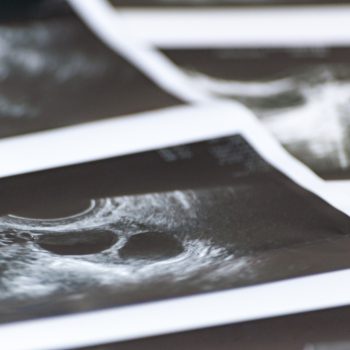Each year it causes 250 thousand deaths and 400 thousand new cases of cervical cancer, the second most common type of female cancer, after breast cancer. The papilloma virus (also known as HPV, human papilloma virus) is a real scourge, which in developed countries affects poorer individuals, those that don’t use early diagnosis tools like the Pap smear. In addition, it affects women in developing countries, such as Africa and Latin America: in sub-Saharan Africa, for example, cervical cancer is the first cause of women’s deaths.
The recent introduction of the vaccine against this virus in clinical practice is therefore a big step forward for female health. Marketed in Europe and the United States, immunizing the patients, the HPV vaccine is able to prevent insidious diseases such as condyloma (genital warts) and, at the same time, tumoral degeneration of the cervix. The vaccine, by choice of the European health authority, is dedicated to adolescents and young women, aged between 12 and 26. In fact, it has been seen that the best antiviral protection is obtained in this age group.
It is the first time that medicine has developed a vaccine that can prevent cancer. ‘And this is an important confirmation – explains prof. Alberto Mantovani, Scientific Director at Humanitas – of the goodness of the new strategy undertaken in the fight against cancer, by virtue of the discoveries made in recent years by biomedical research in the immunological sector: target not the cancer cells, but the micro-environment around them, in which – and thanks to which – they grow and proliferate. Moreover, if the preventive vaccine is already the reality to prevent cervical cancer related to HPV, the future is represented by therapeutic vaccines, based on the identification and recognition, by the immune system, of structures on the cell tumor, and on the use of “sentinel” cells capable of triggering the immune response. For the moment it is just a hope, which the world is working on, including our country’.
The characteristics of the HPV vaccine
The HPV virus (Human Papilloma Virus) is able to penetrate into skin cells and mucous membranes, integrate into DNA and cause the growth of benign and malignant tumors. More than 140 genetic types of HPV are known, but the most dangerous are types 6 and 11, which cause warts, and types 16 and 18, responsible for cervical cancer. The other types of HPV are the origin of the notorious hand and feet warts and there is now evidence that these viruses are involved in many other cancers such as oral cavity, larynx, genital and skin cancers, especially associated with sun damage.
The aim of the vaccine is to provide the best possible protection against cervical carcinoma by protecting against infections and pre-cancerous lesions caused by human papillomavirus with a high risk of producing this type of cancer. This is a “tetravalent” vaccine because it provides protection against types 6, 11, 16 and 18 of the HPV virus. It is a prophylactic vaccine, which is needed in women who haven’t come into contact with the virus yet. It is administered with three subcutaneous injections: the first at the so-called ‘zero time’ and then at the second and sixth month after the first administration.
By the Editorial Staff










